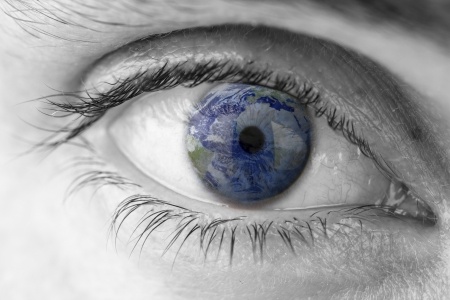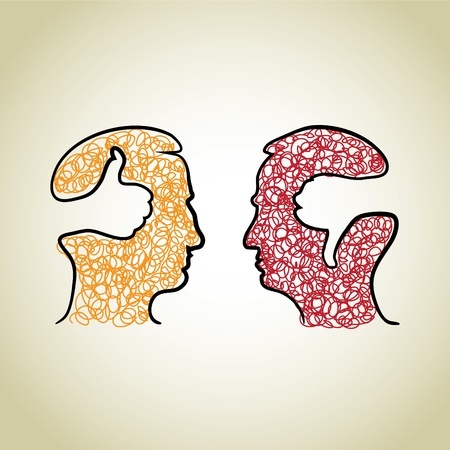Rudolf Laban observed that movement can be perceived from three distinct angles:
- the “biological innocent” — the person enjoying movement inwardly, as a bodily experience,
- the “scheming mechanic” – the person who observes movement analytically and objectively from the outside,
- the “emotional dreamer” – the person who seeks the meaning of movement in the intangible world of emotions and ideas
Laban asserts that these three perspectives operate constantly in all of us. Sometimes we favor one or the other view, and “sometimes we compress them in a synthesized act of perception and function.”
The synthesis of these three perspectives yields body knowledge. Body knowledge serves an important function, for it allows us to size up another person’s movement intent and react without undue delay. If a loitering stranger makes you nervous, it is prudent to get away rather than second guess impressions.
However, how we experience, perceive, and interpret movement also leads to body prejudice. Sometimes it is essential to separate these processes. And this is where Laban Movement Analysis becomes useful.
Laban’s analytic framework is value-neutral. It allows the observer to describe and differentiate elements of a movement event without immediately jumping to interpretive conclusions.
Taking the perspective of the “scheming mechanic” does not do away with body prejudice. But movement analysis can provide significant details that may alter the observer’s initial impression, allowing for more objective and reflective insights to emerge.
In the next blog I explore imitation and intuition as alternative tools for understanding movement.


